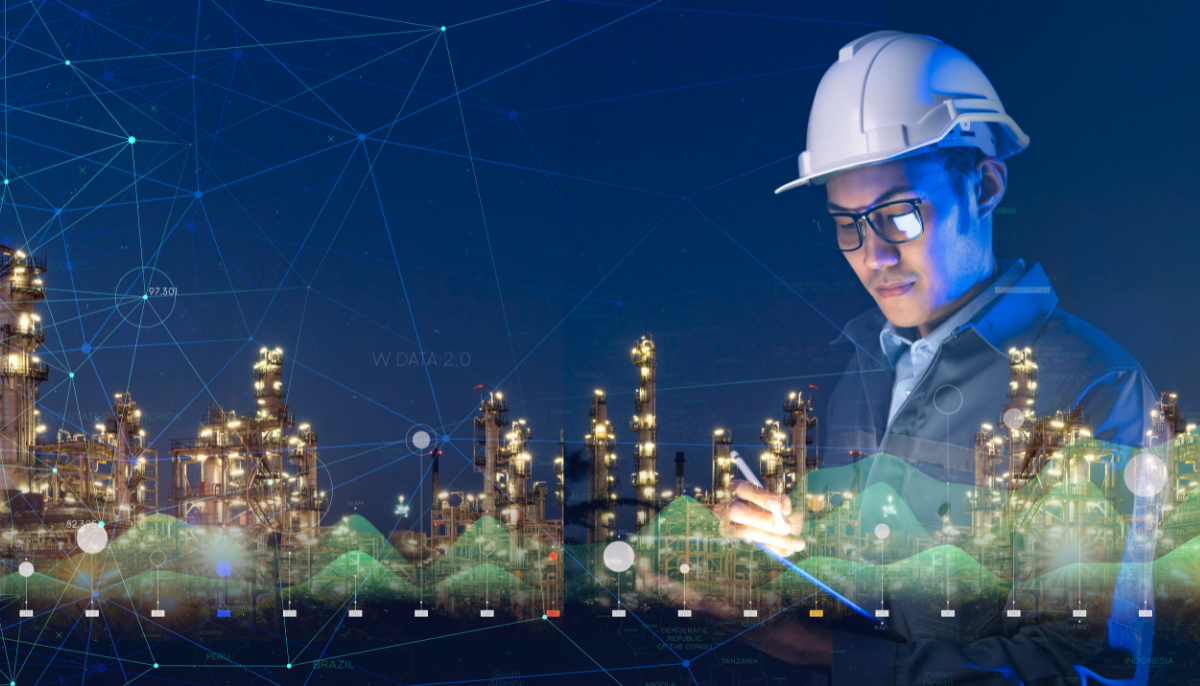The home of smart buildings, smart equipment and IoT

As the world faces an ongoing energy crisis, reducing energy consumption is more important than ever. In our industry, there's a huge opportunity for building automation to improve overall efficiency, which will save energy and reduce greenhouse gases. For those of you beginning the journey with building automation, here is a primer that defines building automation, highlights the benefits, and discusses its role in combating climate change.
Building automation refers to the use of hardware and software technology (for example FIN Framework) to manage and control various building systems, such as HVAC, lighting, and energy. It involves the installation of sensors, controllers, and other devices that work together to automate and optimize building operations. Building automation systems can be programmed to adjust heating and cooling systems, monitor indoor air quality, and improve occupant comfort. Building automation systems can also be integration platforms, for example, the FIN Framework seamlessly brings together occupancy sensor data from lighting systems and mechanical equipment from HVAC systems that are combined to be used in the same control routine.
There are many benefits to using building automation in commercial buildings, including energy savings, improved building performance, and increased occupant comfort. Here are a few of the key advantages:
1. Energy savings: Building automation systems can help reduce energy consumption by optimizing building systems and eliminating unnecessary energy use. For example, HVAC systems can be programmed to adjust temperatures based on occupancy levels, reducing energy usage during low-occupancy periods. Similarly, lighting systems can be set to turn off or dim when not needed, reducing energy usage.
2. Improved building performance: Building automation systems can help improve the performance of building systems, ensuring that they operate efficiently and effectively. For example, HVAC systems can be controlled and monitored such that they do not simultaneously heat and cool, reducing run times. This also lowers energy usage, reduces maintenance costs, and extends the life of equipment.
3. Increased occupant comfort: Building automation systems can help create a more comfortable indoor environment for building occupants. For example, lighting systems can be programmed to adjust the brightness and color of lights to match the time of day, helping to regulate the body's circadian rhythm and promote better sleep. Similarly, HVAC systems can be programmed to maintain a comfortable temperature and humidity level, reducing the risk of health problems and improving occupant satisfaction.
By promoting more energy efficient building operations, which reduces energy consumption, building automation systems can play a critical role in promoting sustainability. Here are a few ways that building automation can contribute to a more sustainable future:
1. Reduced greenhouse gas emissions: By reducing energy usage and promoting more efficient building operations, building automation systems can help reduce greenhouse gas emissions and mitigate climate change.
2. Energy independence: By controlling traditional energy sources better and integrating new, renewable energy sources, building automation systems can help increase energy independence and make our energy systems more resilient.
3. Improved resource conservation: By optimizing building operations and reducing waste, building automation systems can help conserve natural resources and reduce the environmental impact of building operations.
By optimizing building operations and reducing waste, building automation systems can help reduce greenhouse gas emissions, improve energy independence, and conserve natural resources. If you're a building owner or manager, consider investing in building automation systems to help create a more sustainable future. FIN Framework has been successfully helping buildings around the world enhance and optimize their building systems. Check out our case studies here.
Building automation alone is not enough to achieve sustainability goals. It must be complemented by sustainable design principles and practices to ensure that buildings are designed and constructed with energy efficiency and sustainability in mind. This includes strategies such as passive solar design, energy-efficient building materials, and renewable energy systems such as solar panels or wind turbines.
When all is cohesive, the benefits of building automation and sustainable design extend beyond reducing energy consumption and environmental impact. They can also lead to cost savings for building owners and occupants. By reducing energy usage, building automation can result in lower utility bills, while sustainable design can lead to reduced maintenance and operational costs over the life of the building.
Scott joined J2 Innovations as a partner in 2011 and is now Vice President of Knowledge Excellence. He has a wide range of responsibilities, including evangelism, business development and training. Scott is well known as an industry expert in smart homes and smart buildings. He is a past president of ASHRAE, and is currently a board member for Project Haystack. Scott attended Clarkson University for Mechanical Engineering and graduated with a BS/Business in Organizational Innovation.
Topics from this blog: FIN ECO Energy management FIN Framework Technology sustainability Industry Building Automation System
Back to all posts
J2 Innovations Headquarters, 535 Anton Blvd, Suite 1200, Costa Mesa, CA 92626, USA. Tel: 909-217-7040